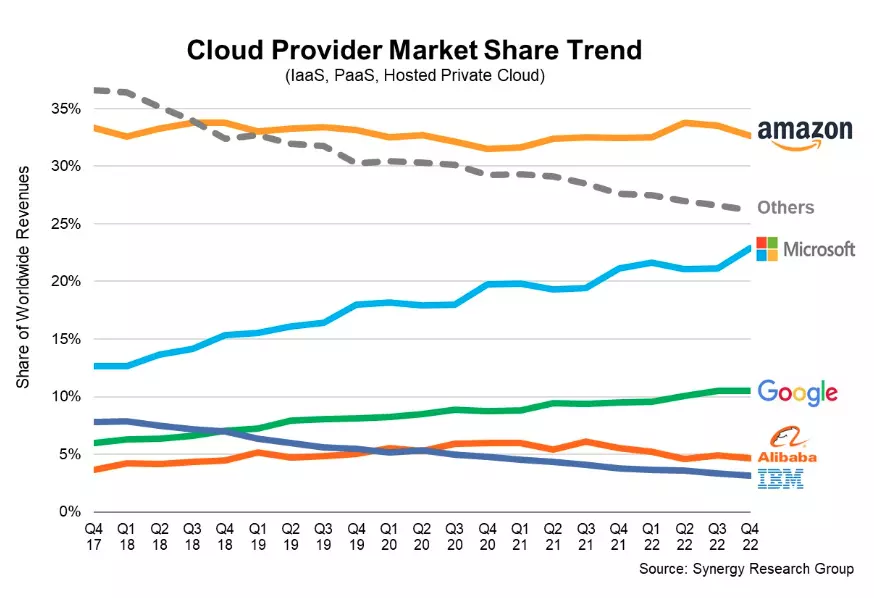Universal Cloud Service: Versatile and Scalable Solutions for each Sector
Universal Cloud Service: Versatile and Scalable Solutions for each Sector
Blog Article
Achieve Seamless Scalability With Cloud Services
In the ever-evolving landscape of cloud services, achieving smooth scalability stands as a foundation for modern businesses looking for to stay versatile and affordable. The mission for smooth scalability with cloud services introduces a globe of possibilities for those ready to welcome the transformative power of dynamic resource monitoring.
Benefits of Cloud Scalability
Cloud scalability provides organizations the flexibility to dynamically adjust resources based on need, ensuring ideal performance and expense performance. One essential benefit is the capacity to scale resources up or down rapidly in action to varying workloads. This dexterity makes it possible for businesses to satisfy changing client demands without over-provisioning resources, eventually resulting in set you back savings. Scalability additionally boosts efficiency by making sure that systems can handle raised web traffic or workload without experiencing downtime or stagnations. By successfully assigning sources, organizations can preserve high degrees of efficiency during peak times without unnecessary costs during quieter durations. In addition, cloud scalability advertises technology and testing by allowing businesses to easily check new ideas and range them as required. This versatility encourages a society of constant improvement and adjustment, enabling companies to remain affordable in a swiftly developing market landscape. Ultimately, the advantages of cloud scalability extend past expense financial savings to include enhanced efficiency, dexterity, and advancement.
Secret Attributes for Scaling
Effective scaling in cloud solutions relies on essential attributes that make it possible for companies to change resources dynamically based on demand. One vital attribute for scaling is flexibility, permitting resources to scale up or down in feedback to changing work. This makes certain that companies can satisfy performance demands without over-provisioning resources. One more crucial attribute is scalability, enabling systems to take care of increased work by including resources seamlessly. This attribute is crucial for suiting development without compromising performance. Additionally, automation plays an important duty in scaling by automating the provisioning and de-provisioning of sources based upon predefined plans. Automation reduces human intervention, improves performance, and makes sure quick action to transforming demands. Tracking and analytics tools are additionally crucial for scaling, offering understandings into source application, performance metrics, and prospective traffic jams. These tools make it possible for organizations to optimize and make educated choices resource allowance for reliable scaling. On the whole, these key functions jointly encourage companies to accomplish seamless scalability in cloud services.
Carrying Out Auto-Scaling Techniques
To properly optimize resource allowance and adapt to varying workloads, organizations should purposefully implement auto-scaling methods in their cloud services infrastructure. Auto-scaling enables systems to automatically change the number of calculate sources based upon real-time demand. There are different auto-scaling strategies that companies can utilize, such as anticipating scaling, which makes use of historic data to anticipate future resource demands, and reactive scaling, which replies to current workload changes.

Finest Practices for Scalability
For companies aiming to boost their scalability in cloud services, implementing best techniques is vital for optimum efficiency and resource management. One key best practice is making applications with a microservices design. This strategy breaks down applications into smaller, independent solutions that can be deployed, updated, and scaled separately, permitting better flexibility and scalability.
One more important technique is utilizing containerization modern technology, such as Docker or Kubernetes. these details Containers enable the product packaging of applications and their dependences into isolated devices, making it much easier to scale parts separately and release them regularly across various environments.
Furthermore, executing automated deployment and framework as code (IaC) can enhance scalability initiatives (linkdaddy cloud services). Automation tools like Terraform or Ansible help in provisioning and taking care of resources efficiently, reducing manual mistakes and allowing rapid scalability
Furthermore, checking performance metrics, establishing alerts, and performing routine ability planning are necessary techniques to make sure proactive scalability management. By sticking to these ideal practices, organizations can achieve seamless scalability in their cloud solutions while maximizing performance and resource application.
Surveillance Performance Metrics
When assessing the effectiveness of cloud services scalability, closely keeping track of efficiency metrics is critical for making certain ideal functionality and resource allocation. By constantly tracking key efficiency signs (KPIs) such as reaction times, source, throughput, and latency use, companies can acquire important insights into the wellness and effectiveness of their cloud facilities. Keeping an eye on performance metrics enables the early detection of prospective traffic jams or problems that can influence scalability, making it possible for proactive steps to be taken to address them prior to they intensify.

Verdict
Finally, attaining seamless scalability with cloud services is necessary for companies to maximize efficiency, boost development, and preserve high performance degrees throughout peak times. By leveraging the advantages of cloud scalability, applying auto-scaling methods, utilizing essential features such as flexibility and automation, and complying with ideal methods like application layout and performance monitoring, services can efficiently scale their systems while making best use view it now of resource application and performance.
The mission for seamless scalability with cloud services reveals a globe of possibilities for those eager to accept the transformative power of vibrant resource monitoring.
Cloud scalability offers companies the versatility to dynamically adjust sources based on need, making sure optimal performance and expense performance. An additional key attribute is scalability, allowing systems to deal with enhanced work by including sources perfectly.For organizations aiming to enhance their i thought about this scalability in cloud services, executing best techniques is critical for ideal performance and resource monitoring.When evaluating the performance of cloud solutions scalability, very closely checking performance metrics is essential for making certain optimal functionality and resource appropriation.
Report this page